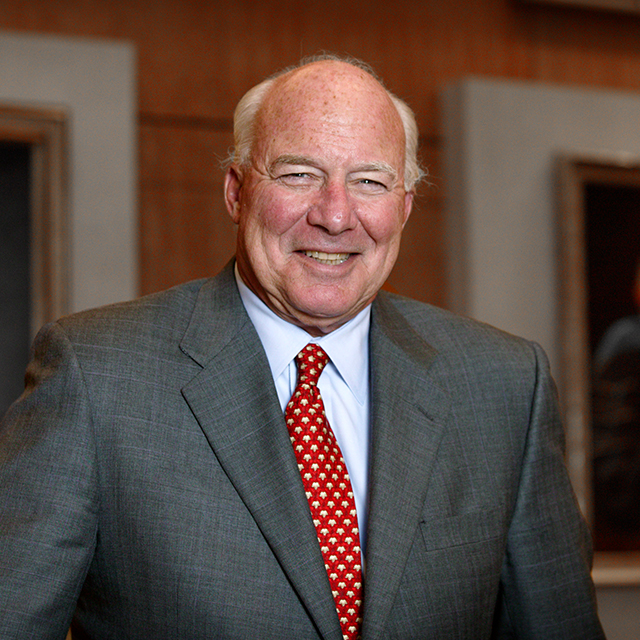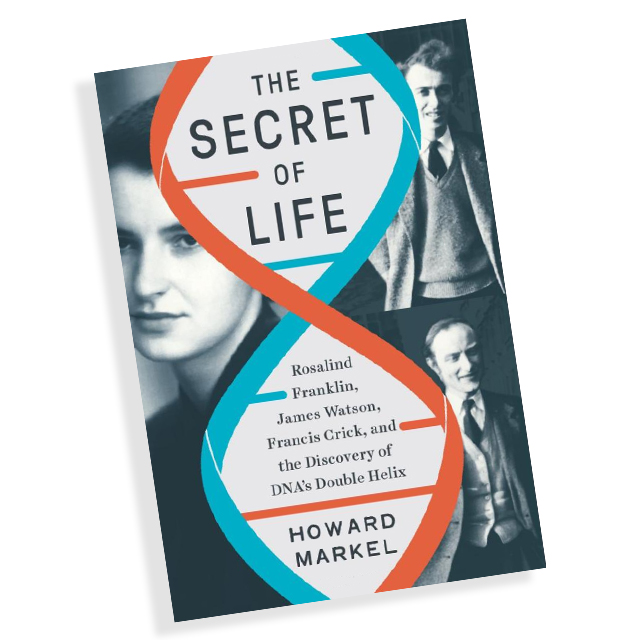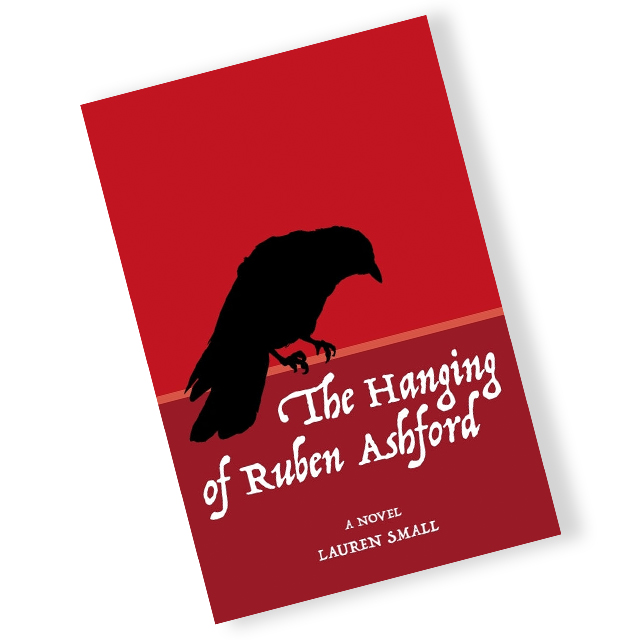If you’re steeped in Johns Hopkins Medicine history, you probably know that Mary Elizabeth Garrett leveraged her wealth to force the yet-to-open school of medicine to accept women and create rigorous (for the time) admission standards.
Also well-known, thanks to the Emmy-winning 2004 movie Something the Lord Made, is the story of Vivien Thomas,the grandson of an enslaved person, who worked with pediatric cardiologist Helen Taussig and surgeon Alfred Blalock to pioneer the lifesaving “blue baby” surgeries first performed at Johns Hopkins in 1944.
But what about Jesse Lazear, who helped show that yellow fever was transmitted by mosquitos, sacrificing his own life in the process?
A Scientific Revolution, written by pathology department director Ralph Hruban ’85 and Will Linder (A&S ’72), introduces readers to 10 Johns Hopkins luminaries who changed the course of medicine.
Hruban says the project began as a series of lectures delivered over Zoom as part of the Hopkins at Home series in the early days of the COVID-19 pandemic. Linder, a Chicago-based writer and editor with a Johns Hopkins history degree, saw the lectures and suggested their content was worth preserving in a book.
Though the two aren’t historians, they turned to the Chesney Medical Archives and other sources to piece together the stories of Garrett, John Shaw Billings, William Henry Welch, William Osler, William Stewart Halsted, Lazear, Max Brödel, Dorothy Reed Mendenhall, Taussig and Thomas.
The vivid portraits that result, about 30 pages each, briskly place these icons in context, making them completely, sometimes painfully, human while highlighting the limitations of medical knowledge at the time and the challenges these men and women had to surmount, including racism, sexism and, in Halsted’s case, drug addiction.
The book is filled with historic photos, snippets of old documents and handsome illustrations of the subjects created by David Rini, professor in the Department of Art as Applied to Medicine. And it’s just fun, with captivating anecdotes and details galore.
For example, Brödel, generally credited with creating the field of medical illustration, dissected cadavers and observed surgeries to create his anatomically accurate drawings. After one such dissection caused an infection that partly paralyzed his left arm, he used his anatomical studies to determine and then draw the exact location where a nerve had been pinched by scar tissue. Halsted freed the nerve, allowing Brödel to resume his career.
Also fascinating is the story of Lazear, who was leading the clinical laboratory at Johns Hopkins in 1900 when he was asked to join the U.S. Army’s Yellow Fever Board in the newly acquired territory of Cuba. At the time, yellow fever was thought to come from bad air or human fluids. Lazear’s self-sacrificing experiments helped reveal that it is spread by mosquitos.
Today, a plaque in his memory adorns a corridor of The Johns Hopkins Hospital, near Hruban’s office. It reads in part: “He risked and lost his life to show how a fearful pestilence is communicated and how its ravages may be prevented.”
Hruban says he sees parallels between Lazear and today’s COVID-19 clinicians and researchers, who also put their lives at risk and yet are sometimes vilified.
As this book makes clear, science and society are works in progress. It’s a pleasure to get to know some of the people who pushed us toward greater knowledge and acceptance.



